Question: How to "divide polygon" to create quads adjacent to the each segment.
My 1st idea: Divide each segment of polygon. Move each newly created point - perpendicular to divided segment. Now we get points for quads. At the end - remove overlapped quads. Questions: How to check if each (new) point of quad is inside polygon? Because the newly created points can go beyond the polygon - specifically on corners. Also how to check overlapped quads?
My 2nd idea: Inset polygon. Divide segments then connect points. But how about more complex polygons where some segments after inset can intersect?

I know this is more a math problem but I'm looking for ready-made solutions for above problems - like simple 2d collision detection of rectangles (but not only one axis aligned).
Maybe someone have better ideas how to create procedural urban parcels?